Do You Have Boxwood Leafminer? Identify and Remove This Boxwood Pest
The boxwood leafminer can do major damage to boxwood shrubs and can even prove fatal to plants. Find out how to maintain plant health for better plants.
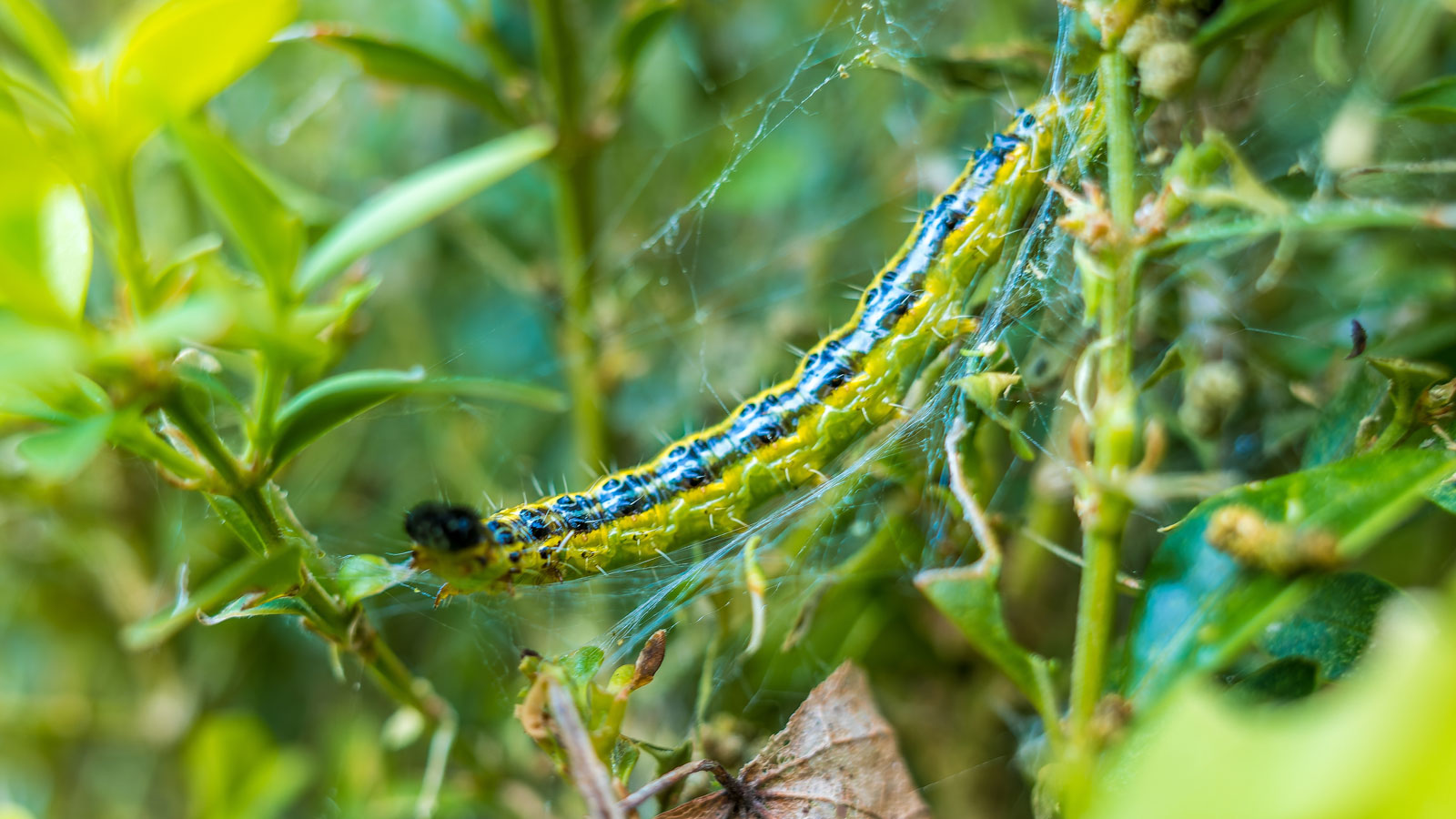

Boxwood leafminer (Monarthropalpus flavus) is fairly common on cultivated boxwood shrubs. It is one of the worst boxwood pests, but some cultivars are more susceptible to infestations than others. A severe infestation, left unchecked, will ultimately kill the plant within about a year.
However, with the right treatment, you can save your hedge. Leafminers are larval forms of a type of fly. They damage several types of plants, including many vegetables and ornamentals like boxwood. Here’s how to identify, remove and prevent boxwood leafminer.
Does Your Plant Have Boxwood Leafminer?
To identify whether you have leafminer on boxwood shrubs, it helps to understand the boxwood leafminer life cycle. The cycle begins in spring when the females insert eggs directly into the boxwood leaves from the undersides. This is in contrast to other types of leafminers that deposit eggs on the surface.
When the larvae hatch, they begin feeding on the leaves from the inside, causing the characteristic boxwood leafminer damage. The larvae turn into pupae by winter and go dormant inside the leaf tissue. They emerge as adults in spring.
The boxwood leafminer fly is a small gnat-like fly. Its body is red or orange-yellow. They can sometimes be seen swarming around boxwood plants. The larvae are green or yellow-white and only about 3mm long.
Early signs of a boxwood leafminer infestation are light green or yellow spots on the upper sides of leaves. As the infestation continues, it causes these additional signs:
- Crinkled, yellow, or brown blisters on the undersides of leaves.
- Slight elevations on the upper leaf surfaces.
- Distorted leaf structure and shape caused by blisters.
- Transparent circular spots.
- Leaf browning.
- Leaf drop.
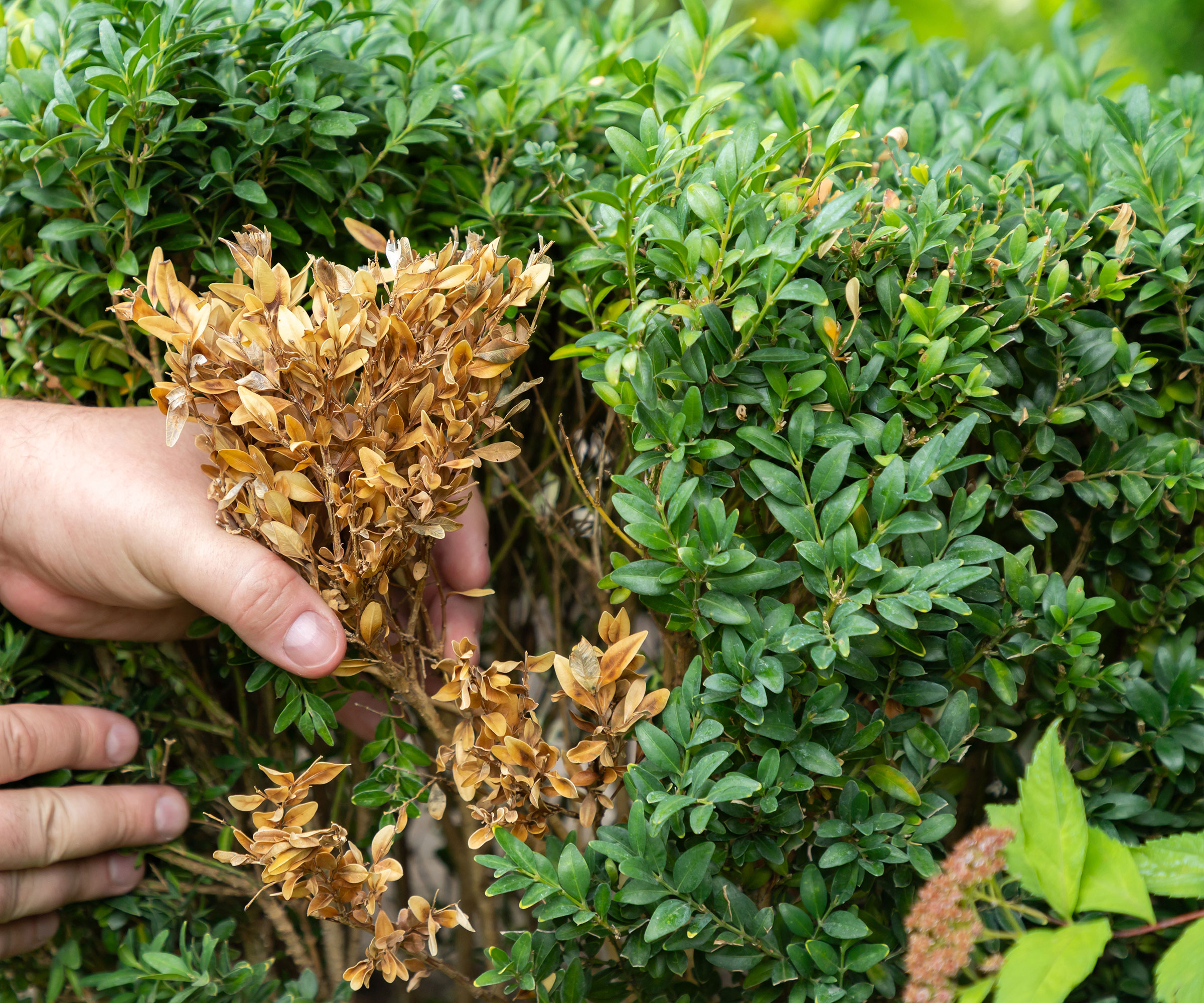
How to Get Rid of Boxwood Leafminer
Prevention is best, but if you have leafminers treat the infestation as early as possible. If you spot characteristic signs of leafminers while the larvae are still in the leaves, remove those branches and dispose of them safely. If you are certain you see leafminer on boxwood leaves, it’s best to remove and destroy them.
Gardening tips, videos, info and more delivered right to your inbox!
Sign up for the Gardening Know How newsletter today and receive a free copy of our e-book "How to Grow Delicious Tomatoes".
The best time for chemical control is as the adults emerge from the leaves in early spring. You can try products with bifenthrin, carbaryl, cyfluthrin or malathion. These foliar products will not kill larvae inside the leaves, but a systemic insecticide like imidacloprid is often effective.
When considering treatment for boxwood leafminer, it is important to weigh up the pros and cons. In certain cases, these chemical controls could be highly toxic to bees and other pollinators. So exercise caution when using chemical controls and follow the instructions carefully.
Unfortunately, organic pesticides like neem oil are not very effective against boxwood leafminers. However, some experts believe that natural predators such as green lacewing, if introduced in your yard, could curb infestations.
How to Prevent Boxwood Leafminer
Basically, caring for boxwood and keeping plants healthy and thriving is the best prevention. Healthy plants are less susceptible to pests. Give them good irrigation and drainage, prune boxwood regularly, and provide appropriate fertilizer.
Another good way to prevent the problem is to start with boxwood cultivars that are less susceptible to leafminers. For Buxus microphylla, choose Japonica, Green Pillow, or Franklin’s Gem. Good options for Buxus sempervirens include Argenteo-variegata, Pendula, Suffruticosa and Vardar Valley. You can also consider growing boxwood alternatives in your garden or yard.
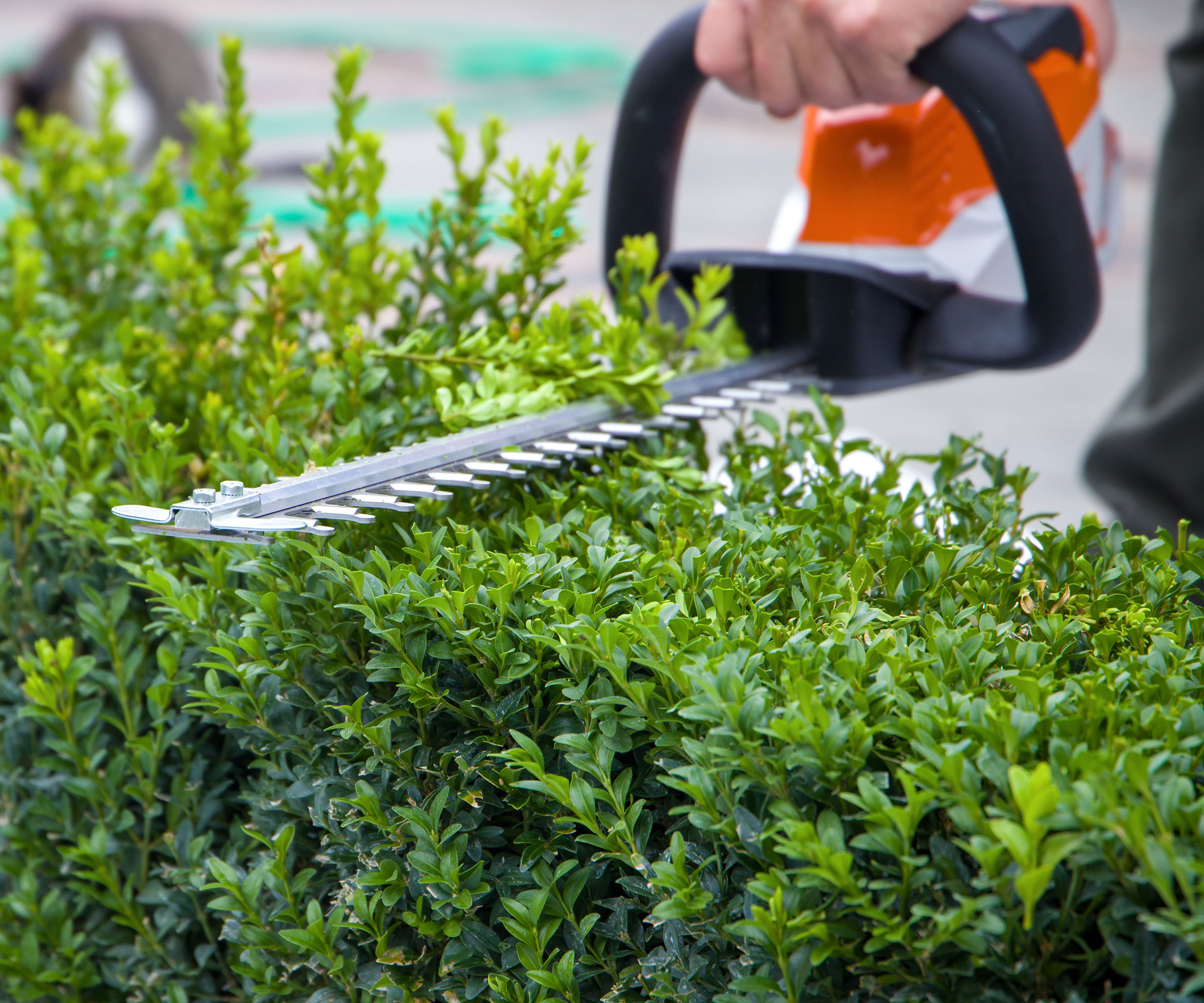
Is Boxwood Leafminer Ever Terminal?
Chemical treatment for boxwood leafminer can be effective. If you don’t treat the infestation, it can become severe and threaten the life of the plant. The larvae will ultimately cause so much damage to the leaves that the plant cannot survive.
A boxwood that is completely brown from leafminer probably won’t recover. If you can remove the most damaged branches and apply chemical controls, it might recover the following year. Again, check product instructions carefully and bear in mind that certain chemicals can be toxic to pollinators.
If you are not confident in your ability to manage the infestation, or if you want a professional opinion on whether the boxwood can be saved, contact a certified arborist or your local extension service agent.
Note: Any recommendations pertaining to the use of chemicals are for informational purposes only. Chemical control should only be used as a last resort, as organic approaches are safer and more environmentally friendly.

Mary Ellen Ellis has been gardening for over 20 years. With degrees in Chemistry and Biology, Mary Ellen's specialties are flowers, native plants, and herbs.
-
 Get Ready For A Summer Of Hummers! Grow These Full Sun Hummingbird Plants and Flowers
Get Ready For A Summer Of Hummers! Grow These Full Sun Hummingbird Plants and FlowersIf you’re lucky enough to enjoy a sunny backyard, make sure you are maxing out on your pollinator opportunities and grow these full sun hummingbird plants and flowers
By Tonya Barnett
-
 12 Lush Alternatives To A Lawn For Sustainable Spaces
12 Lush Alternatives To A Lawn For Sustainable SpacesAlternatives to a lawn are beautiful and also beneficial to your local ecosystem and its pollinators. Explore our top picks for plants to replace grass.
By Tonya Barnett
-
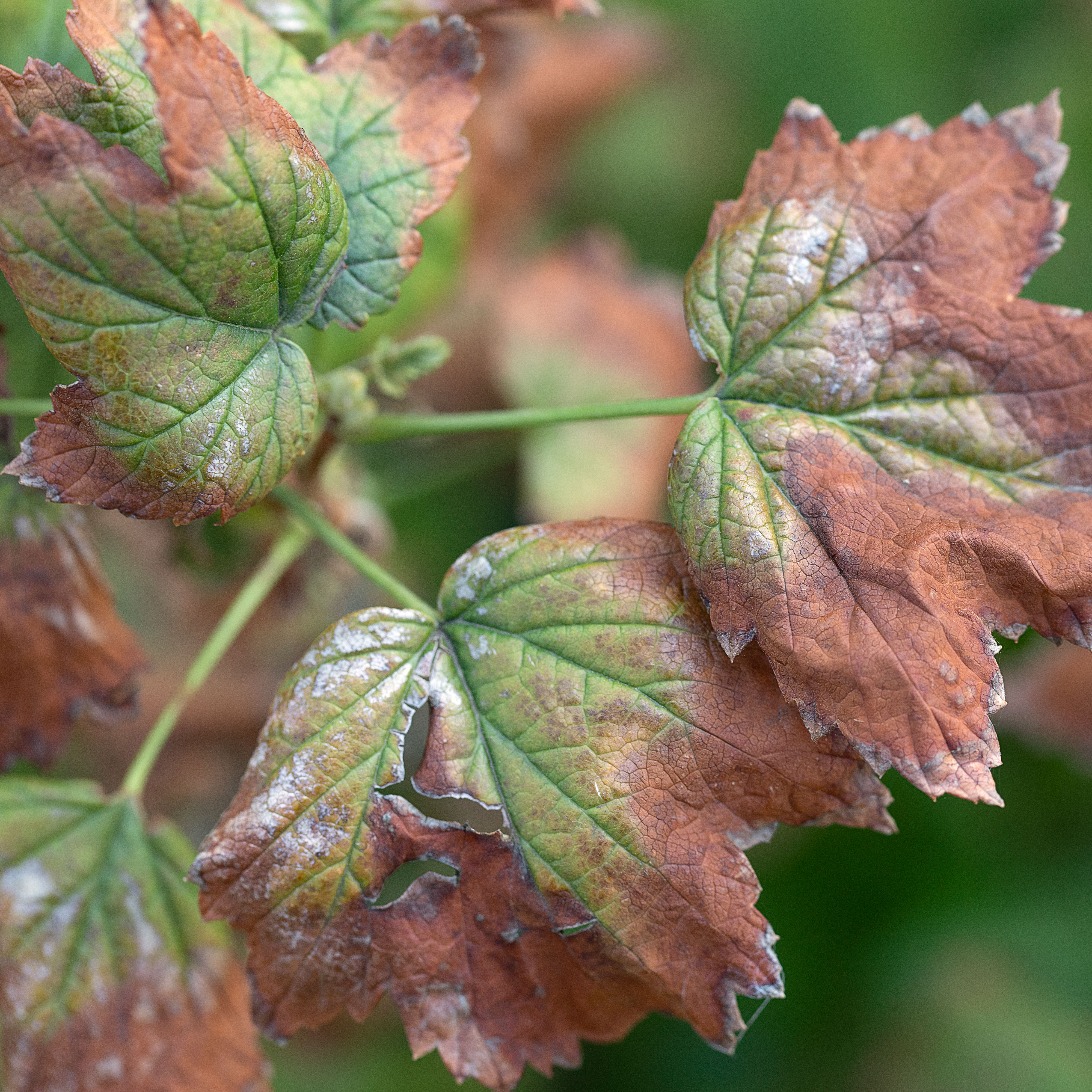 Do You Know The Most Common Garden Plant Diseases? 5 Problems You Need To Avoid
Do You Know The Most Common Garden Plant Diseases? 5 Problems You Need To AvoidDon’t let your precious crops and ornamentals fall victim to garden ailments! We show you how to identify and hopefully prevent 5 common garden plant diseases
By Tonya Barnett
-
 Worst Time To Water Plants: Don’t Make These Common Timing Mistakes When Watering!
Worst Time To Water Plants: Don’t Make These Common Timing Mistakes When Watering!Good watering isn’t just about knowing how, but when. We figure it’s just as important to know the worst time to water plants – so here are the big moments to avoid!
By Amy Grant
-
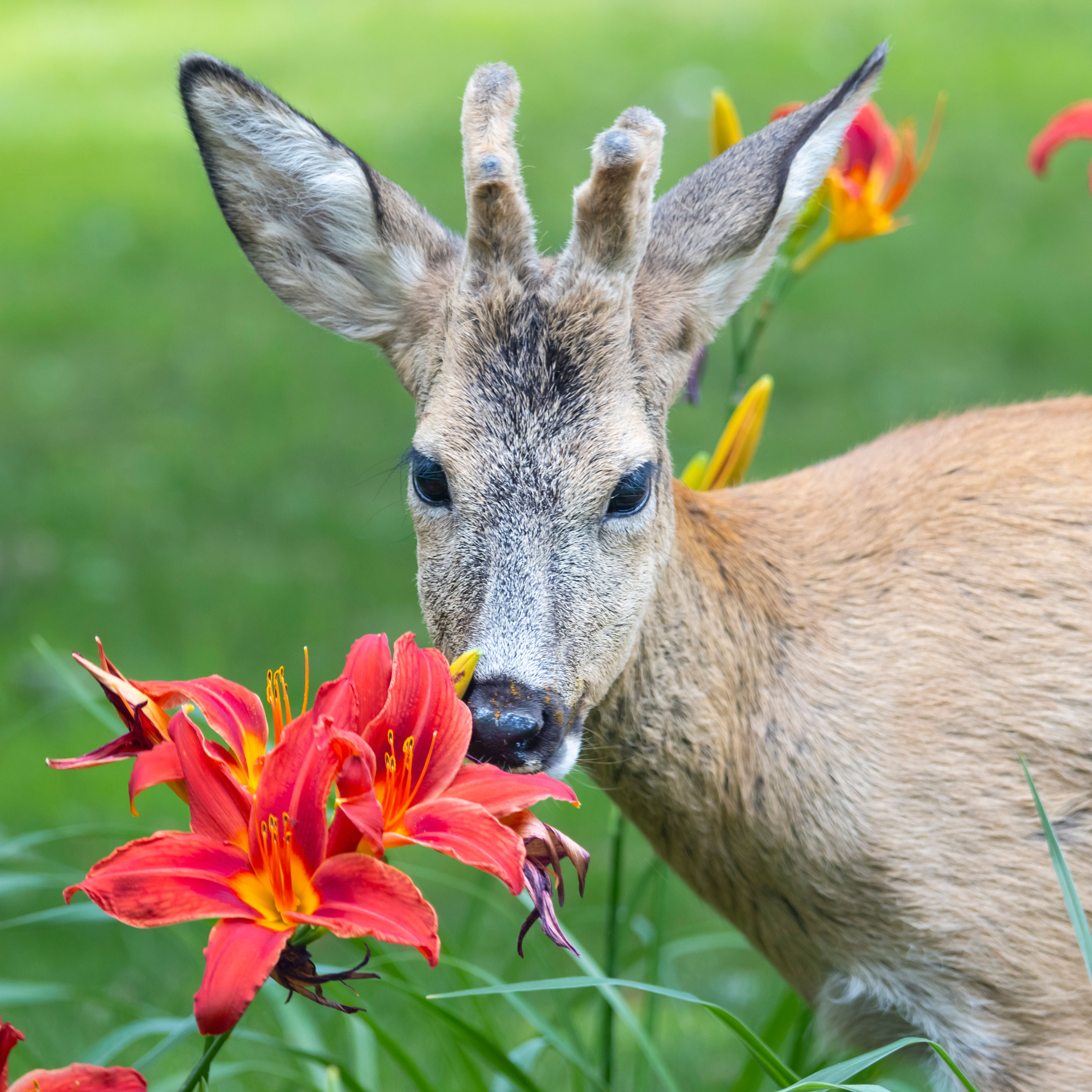 8 Deer-Resistant Perennials That Can Survive Even The Greediest Grazers
8 Deer-Resistant Perennials That Can Survive Even The Greediest GrazersWorried about your gorgeous garden plants getting nibbled and chewed by four-legged feeders? Try these deer-resistant perennials to keep them at bay.
By Amy Grant
-
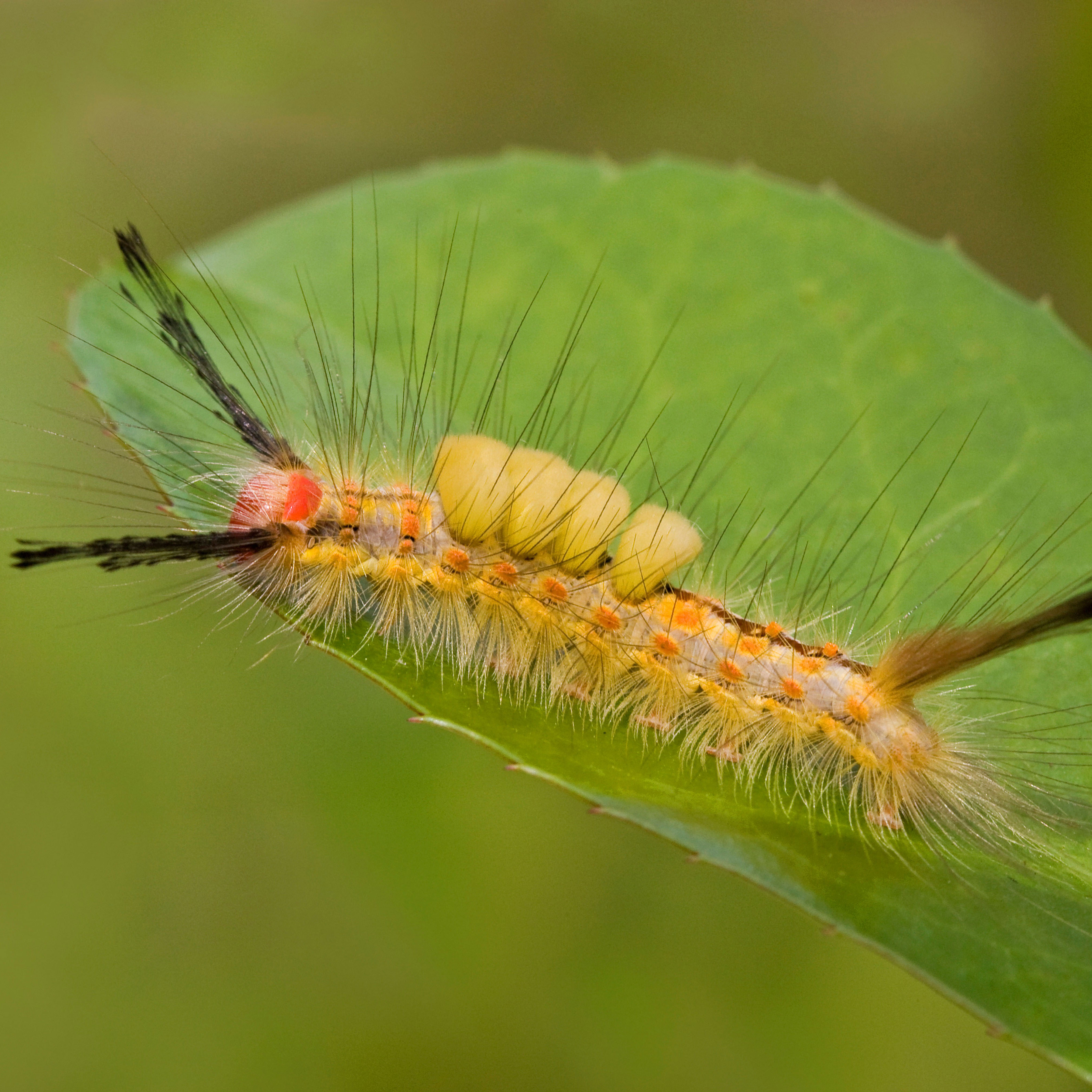 Does Your Tree Have Douglas Fir Tussock Moth? How To Tackle This Evergreen Pest
Does Your Tree Have Douglas Fir Tussock Moth? How To Tackle This Evergreen PestIf your gorgeous Douglas fir is looking sickly or defoliated, there’s one pest you’d better check for, and fast! We show you how to tackle the Douglas fir tussock moth
By Mary Ellen Ellis
-
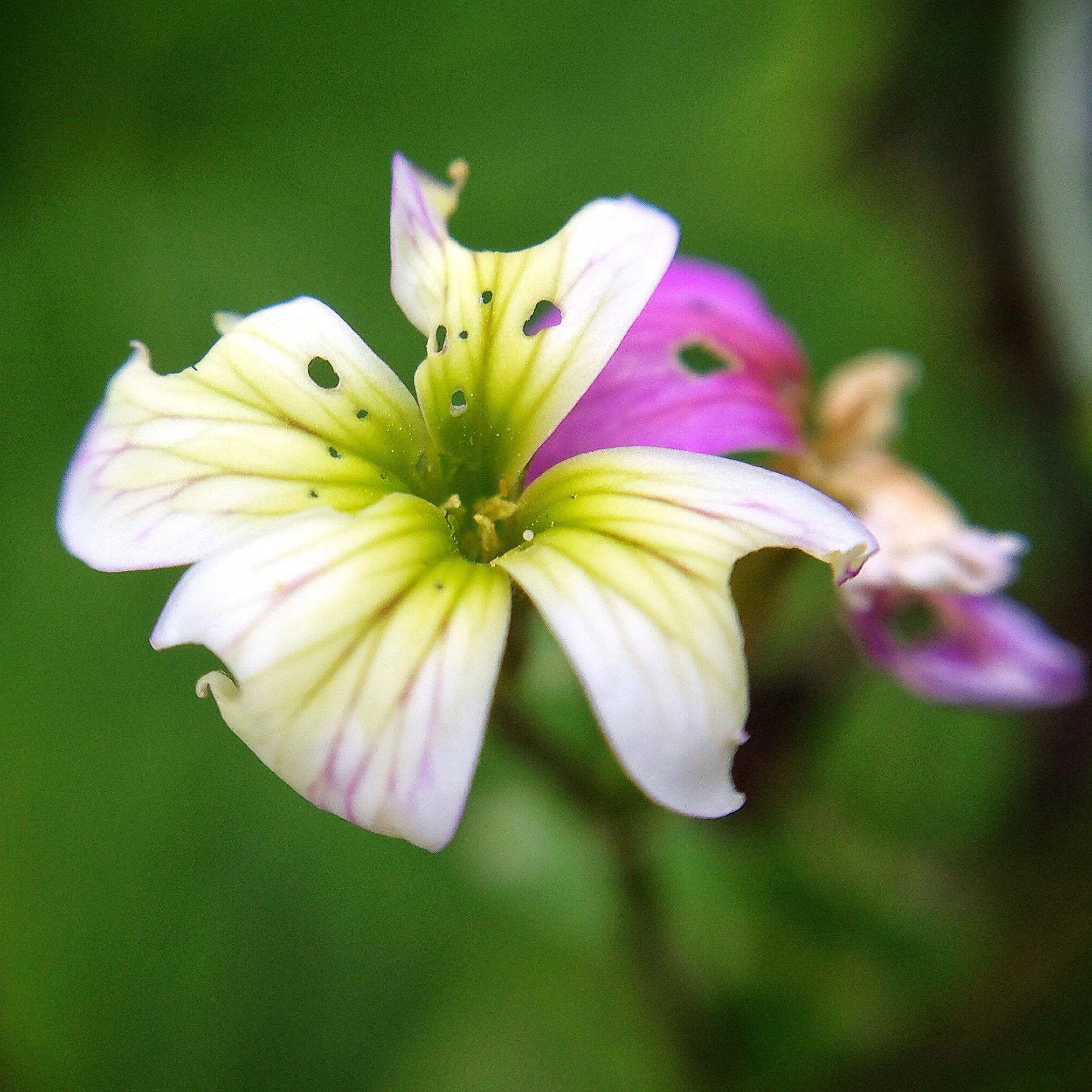 Identify Common Flower Pests And Diseases To Keep Your Plants Protected
Identify Common Flower Pests And Diseases To Keep Your Plants ProtectedAre you worried about wilting blooms, nibbled leaves or sickly florals? Here’s how to spot common flower pests and diseases so you can tackle and prevent problems
By Tonya Barnett
-
 Norfolk Island Pine Problems: Tackle Norfolk Island Pests & Diseases
Norfolk Island Pine Problems: Tackle Norfolk Island Pests & DiseasesWhile Norfolk pine can be a dream to grow both outdoors and inside, it is prone to pests and diseases. We outline the best ways to tackle (and prevent) key Norfolk Island pine problems
By Teo Spengler